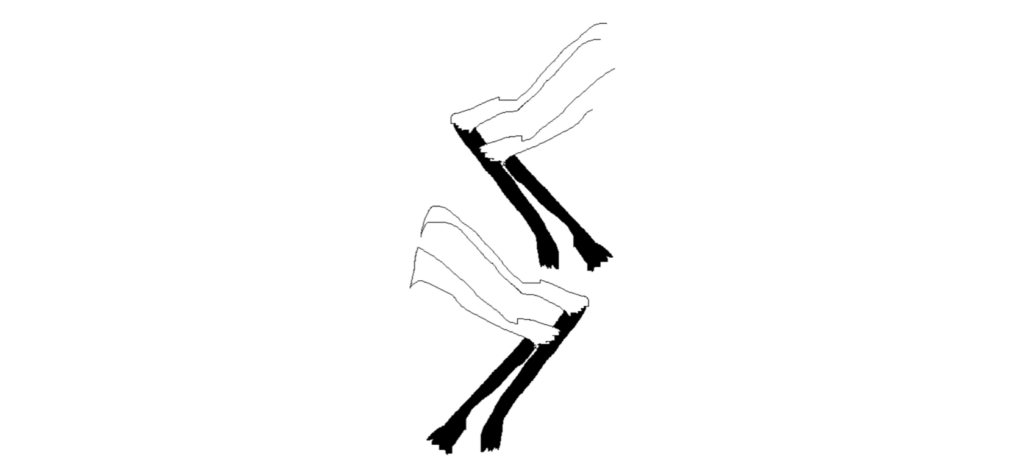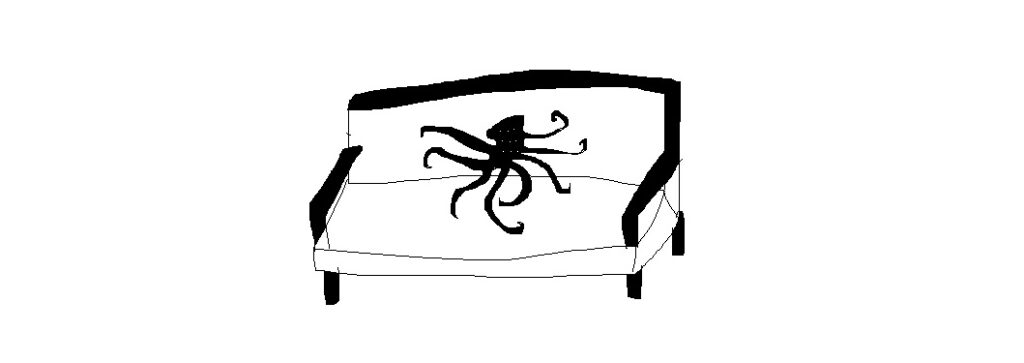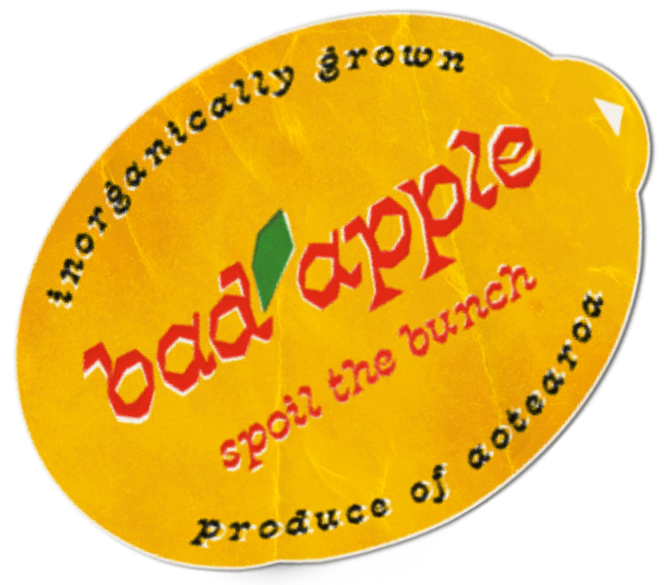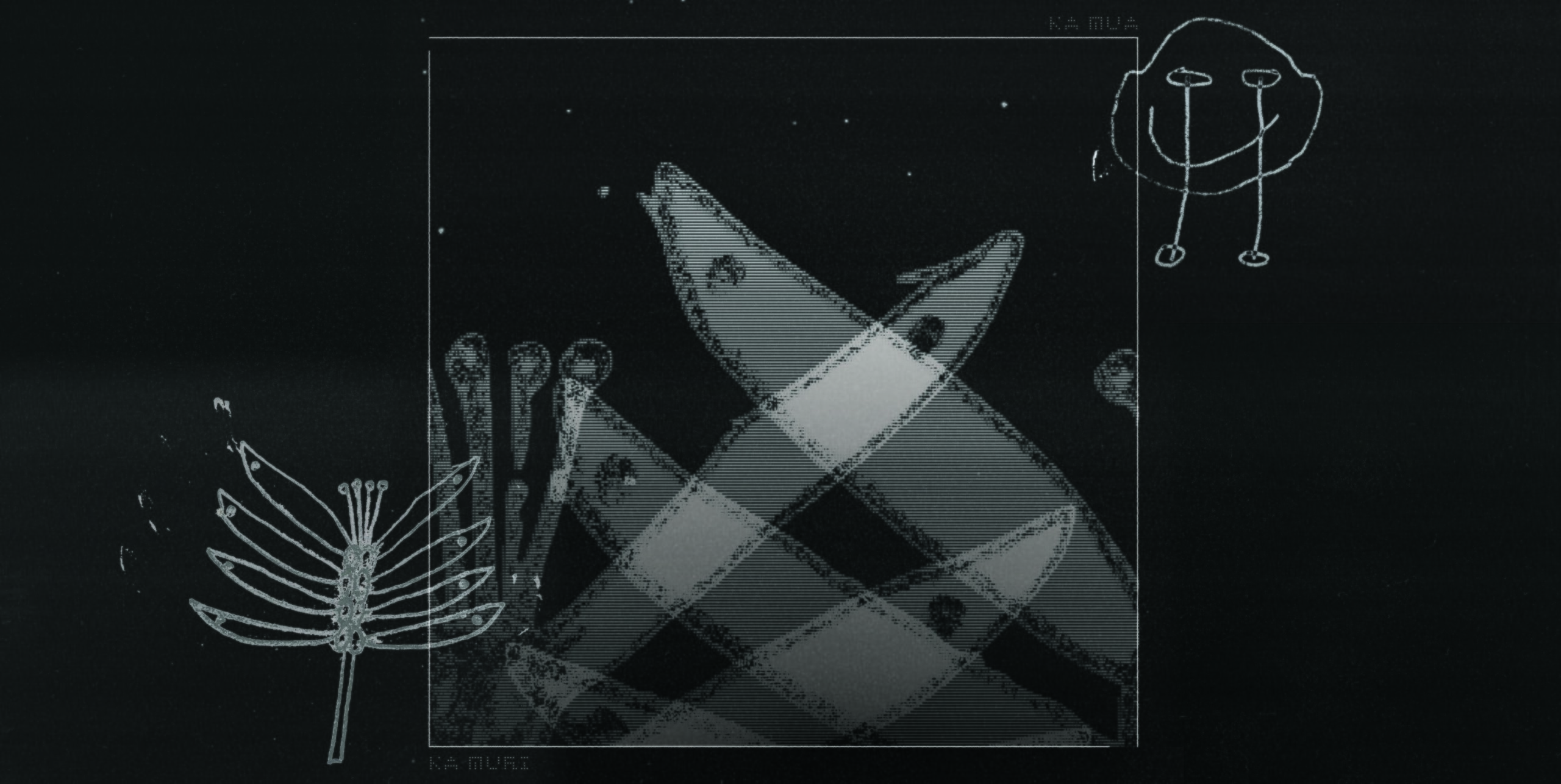thoughts on inheriting stuff and other stuff. memory… islands… stars… cities… windows… waka…
“Inside me the dead
woven into my flesh like the music
of bone flutes:”1
“the shrill pitch transcends form
A pōwhiri to, your new owner,
the seventh keeper I am.”2
1.
In the years after he died, in the bubbling wake of him, his things are still occasionally handed round:
blue cups with silver mermaid handles, a dark wooden walking stick, yellowing photos, wrestling patches, a bag of clothes, best of country records, chess pieces (i never saw him play), a couple of bottles of homemade booze, his mum’s pounamu…
i’ve ended up with pop’s jacket… the heavy shouldered thick lined tree-bark camo he’d wear on his motorbike, or on his walk to the Papakura Tavern. i remember the treat of going there with pop as a kid, reading my books from the island under the bar-leaners. i re-
member the bar leaner like a roof, like a puku sagging slowly at me, the smell, lit with grey chewing gum fossils, cheap wooden sky tendrils like rimurapa peeling my shadow, swinging from the watery Men, drinking and betting on horses. the excited sheets of TAB noise, crying horse names. The soft hours of chatter from their sky in fitful thick spirals, dripping at my ear. their world scraping mine, just above me. like i was at the foot of Raki and his friends and his clouds.
i remember his silences too (and some of them i’ve inherited).

the island under the bar leaner sprouts from a powerful sea, from our original heavens and our underworlds. the island is our historic, pointed distinction – the body risen from its ancestral ocean. the island is my bed spiralling. my alone-ness, my island, is not mine alone.
ours is a sea of islands.3 each a seed, stars swim the endless blue, green, black sleeves of Takaroa.
“We are born of Tangaroa. Water babies. Swimming in cloudy aloe vera water that’s as light as sea foam. The foam flies with Taawhirimaatea along the shoreline.”4
now i’m sat with the memory of my child, unfurling. now i am his descendent.
somewhere a city is eating the island. they sank further into their chairs. the roof is swollen. maybe, i’m misremembering.
when i walked across the gravel, he’d say I had inherited his feet.

i don’t bet on horses, but i buy scratchies and occasionally i’ll chuck $20 on the pokies or on the Warriors to win. i’m watching the game with the usuals, squeezed into the couch, tucked round a couple beers, wrapped in pop’s jacket.
i find a stain, a shadow of something, notice a burn hole welcoming a wink of light through the sleeve.
sometimes my friends are wearing the clothes or jewellery of their koro or kuia too. sometimes we are the plinth of their relics, sprung from the long nights that cuddle into their shadows n stains n burn holes.
our tūpuna hang across us. a parade of faces weaving our own from the first light. rolling their eyes, ducking, nodding, cackling at their mokopuna drinking our beers and staining their jackets.
i’m imagining what they might have to say to each other – what Aotearoa, Tonga, Niue, Samoa, Scotland, England, Sweden, Ireland (and so on) might reckon about being slumped together in Onehunga.
and now, feeling the couch inflate, the couch cushions sprouting tentacles, becoming Te Rangi Hīroa’s wheke connecting our islands.5
feeling the wheke growing helicopter arms, to grab at our more distant evenings and oceans. its tentacles time-travelling: flickering then…now…then… its tendrils, snaking through impending dreams and the bodies that will house them.
If this camo, n those swandris, n the jewellery, n the relics might receive new bodies to hang from, when ours have leaked away… might they meet again in the futuristic cheap flats of our mokopuna?? and then i imagine ourselves after us, hanging over them, rolling our eyes, cackling.

maybe someone will inherit my strange fluffy hat. my records. (i hope the kid likes Lightnin’ Hopkins).
how long till something is an heirloom?? what is right to keep of old worlds..?
“they say these islands still swell in their beds” 6
2.
there’s a home that is patient. calling a name that must’ve been mine.
it’s my tūpuna climbing Te Waka o Aoraki. Te Wai Pounamu. Te Moana-nui-a-kiwa. it’s the walk from Maukatere to Te Rereka Wairua. it’s Hawaiki. the sky, stretching. it’s South Auckland. it must be the places i haven’t been, too – the clumps of Europe they left. it is sometimes their violence. the point of departure. it’s where we arrive.
i’ve lived in a bunch of flats, and they each wear their seasons different. i like this one – a cheap brick house in the bowels of Ponsonby. the inflated Auckland CBD. it carries ngahuru so begrudgingly and it drifts further and further from home.7
my room though has a skylight, the-window-above-my-bed. so i can quite dramatically watch whetū crawl across the chest, the chin and the cheek of Raki.
mum used to say that every star was the dead.
i watch the constellations of our tūpuna, their waka in the deep black, dusting my glass with their starlight. swimming at Hina like moths. i watch the glass, heavy between us, drinking the stars. i want to record something of it for them, something of then becoming now.

tonight, i’m a swollen island myself. watching the sky through the window, until the window is in the way. the roof spirals between me, the walls crawl closer. my bed is alive.
Robin Hyde said “the city is a sphinx”8, but sometimes i think it is bleach.
here, the night wears a pale electric coat. a moth mistakes my laptop screen for the moon.
sometimes i pretend the traffic is tides. there’s a thick face. tamed. angry. indistinct. it’s a different world. i want to record something of it for them.

soon it’ll be Matariki. and we’ll gather in our ways to remember the legacies of our ancestors. as the stars reappear, so too do the connections to those who have gone before us, guiding us with their teachings.9
the watery night will return us those Stars… their bright faces flooding the night fog. they will overcome the rough chattering city with a wink and our night will breathe.
by then, i’d have moved out of the ponsonby flat and away from the-window-above-my-bed. and to look at the stars, i’ll have to pull on pop’s jacket (and maybe my own strange fluffy hat) and
actually go outside.
looking up, i find for a moment that i’m the coastline that the waka of my ancestors arrive to. the landing place. Soon, the coastline will be waka again.
“I ask you waka, ark, high altar
above the sea, your next destination?
Tangi, tangi throughout the land,
I am in demand to take souls to Hawaiiki
to satisfy the honour of spirits.
Take me to Hawaiiki
Make an exception for one who breathes.
I will take you while you sleep…”10

3.
recently, I went to the museum with mum, to see Te Rā: Navigating Home, the exhibition housing a 200 year old customary Māori sail, returned to Aotearoa after generations of work. it sits with its 2 younger descendants, made by Te Rā Ringa Raupā.
to get into the museum for free, we had to prove we lived in auckland, and so they happily accepted my AT HOP card as evidence. (now i think of their waka when i take the bus).
Te Rā has been carried inside and lies still. every intricate weave, notch, join, knot, feather, tie… every angle is a living relic of its makers and their world. Tāwhirimātea drums blindly at the window.
i think of Te Rā, windless in the british museum, waiting across the ocean for the mokopuna of its makers. i think of the promise they had to make to get it to Aotearoa – that it must go back.
and yet the timely surfacing of Te Rā brings us our tūpuna closer. their waka forever arriving. their memories persisting among us. the stories of us, woven before us, with the hands we’ve come to inherit.
“in island stories, the intimacy of distance
never lets memory entirely fade away”11

a room or 2 down the hall from Te Rā, there is an unnamed Kāi Tahu figure. a wee egg body of stone, carved from the shape of a kumara. its claws frozen, its mouth wide and alive. it burrows into my reflection, into the glass between us. The wall text says “The mauri, or resting place of the life principle may also be a fertility symbol. All living things have a mauri. The mauri of a kūmara growing in a garden might reside in a stone. This stone figurine may have been a mauri or taumata atua for a cultivated crop that it protected and nurtured.”12
where is the crop now?? now that its bed, its protector is here? the garden bed ripped of its mauri… probably a road now. what is buried in me? i want to tend a garden.
i am coming to see myself, my histories, from the inside out. there are eyes behind our eyes. there are worlds behind the glass.
i can’t learn my body devoid of its bed. i can’t learn my puku devoid of its next puku.
“Never thought of my body as seperate
from the mauri of every living thing or
every thing and body that ever existed.”13
i think of our ancestors, that even in their death they fight to survive. that they are alive in their impossible ways. that we are lived by them. i think of our tūpuna carving the stone, weaving the sail. And i think of them carved by the stone, woven by the sail. in the cold museum that i’ve come to, to try and remember them. And of what is forgotten.
i think of the mokopuna that will proceed from every single thought of theirs and of mine.
“Not I, some child, born in a marvellous year,
will learn the trick of standing upright here.”14

There are certain ancestors no-one really mentions… forgotten by accident, maybe by force, maybe some we’d rather forget. sometimes they peek their nose through my own to sneeze.
On this whenua, in our nation, in the New Zealand Company’s enterprise of amnestic soup, memory is a weapon. and remembering is the work of generations.
i want to leave behind good weapons. i wanna chuck things at the maze. things that’ll ease the trek of our mokopuna. i want to keep our mokopuna alive.
i want to keep our ancestors alive, in memory, in honour and when necessary, in spite. and where i am an ancestor, i want to be remembered, misremembered, forgotten and returned.

“I love you without knowing how,
or when, or from where”15
4. a poem for my great-nana
remember
the southern wind twisting
neon hills into long shadows
in your hand, as
Maukatere flowers
from a long cloud, to
swallow the last hours
of light.
the rain chews my neck
into soft prickles—
your eyes among mine,
watching
mum carry your decades
of plastic flowers, to wash
in the motel bathtub.
your grave
in a cloak of pāua shells
& orange daisies
cherishing your son, now too.
against my cheek
in sharp whispers
your pounamu
invites me beneath my sleep
where i find you, singing.
5. References and some notes
- Albert Wendt, Inside Us the Dead. From Remembrance of Pacific Pasts, An Invitation to Remake History, pages 35 – 42. Edited by Robert Borofsky. First published in 2000. Sourced from: https://scholarspace.manoa.hawaii.edu/server/api/core/bitstreams/
8a6c5dc4-f49e-47ff-ade4-83a0c9e43f10/content ↩︎ - Tracey Watson, Kōauau (NZ Māori Flute). From Puna Wai Korero, an Anthology of Māori Poetry in English, page 354. First published in 2014. Edited by Reina Whaitiri and Robert Sullivan. Sourced from Samoa House Library. ↩︎
- Epeli Hau’ofa, Our Sea of Islands. First published in 1993. Sourced from: https://savageminds.org/wp-content/image-upload/our-sea-of-islands-epeli-hauofa.pdf ↩︎
- Hana Pera Aoake, We were like stones like weeds in the road. From A bathful of kawakawa and hot water, page 38. Edition published in 2022. Sourced from Samoa House Library. In the same body of work, Hana writes,”The text is a sonogram. It is life, It is history. It is our stories. It is material and immaterial. It is all the intestinal worlds sprung open for view. It is a casket viewing. It is compost made in the earth…” ↩︎
- Te Rangi Hīroa (Sir Peter Buck)’s octopus. From Vikings of the Sunrise. First published in 1938. As later included in Navigating the Stars, Māori Creation Myths, by Witi Ihimaera, published in 2020. On this Ihimaera writes, “The questing voyager-spirit of the ancestors is reflected in the image of a wheke, its tentacles reaching out from Ra’iātea (Havaii) to all the islands of the Mā’ohi empire.” Sourced from Samoa House Library. ↩︎
- Keri Hulme, Silences… overseas – Leaving my bones behind (Rua tekau ma tahi), 1982. From The Silences Between (Moeraki Conversations), page 40. Sourced from either the Hospice Bookshop in Birkenhead or from the guy who used to sell books at the Grey Lynn Car Boot Sale (I can’t quite remember, sorry). ↩︎
- Ngahuru is the name for the autumn, the harvest, the crop-lifting season. Rangi Matamua writes, “Ngahuru marks the period when the sun begins to leave his summer maiden, Hineraumati and return north.” Discussed in further detail by Rangi Matamua in Beyond Matariki, Episode 4 – Ngahuru, . Sourced from: https://www.youtube.com/watch?v=nKTLWjtvY4c ↩︎
- Robin Hyde, Cleon and Ianis. Written 1935 – 1936. From the collection Young Knowledge, page 185. First published in 2003. Edited by Michelle Leggott. Sourced from a vintage store in Hamilton when we were down there for Hannah’s opening. ↩︎
- Rangi Mātāmua, Matariki, The Star of the Year. First published in 2017. Sourced from Samoa House Library. ↩︎
- Robert Sullivan, Waka 83, from Star Waka. First published in 1999. Audio available from https://poetryarchive.org/poem/waka-83/ ↩︎
- Moana Jackson, Where to Next? Decolonisation and the Stories in the Land. From Imagining Decolonisation, pages 133-155. First published in 2020. The piece is also available in full from: https://e-tangata.co.nz/comment-and-analysis/moana-jackson-decolonisation-and-the-stories-in-the-land/ ↩︎
- Wall text at Auckland War Memorial Museum, for a Kāi Tahu stone figurine. I don’t know how to know who wrote the text. I don’t know who made it. ↩︎
- Hana Pera Aoake, The only way out is through. From A bathful of kawakawa and hot water, page 55. Edition published in 2022. Sourced from Samoa House Library. ↩︎
- Allen Cunrow, The Skeleton of the Great Moa in Canterbury Museum Christchurch. From The Penguin Book of New Zealand Verse, page 199. Edition published in 1986. Edited by Ian Wedde and Harvey McQueen. As referenced by Moana Jackson in Where to Next? Decolonisation and the Stories in the Land (as listed above). ↩︎
- Pablo Neruda, Sonnet XVII. From One Hundred Love Sonnets, 1957-1959, translated by Mark Eisner in The Poetry of Pablo Neruda, page 513-514. A birthday present from Gavin and Adele. ↩︎
Featured image by author with design by Kaan Hiini.
This work has been made possible thanks to financial support from Burnett Foundation Aotearoa.




